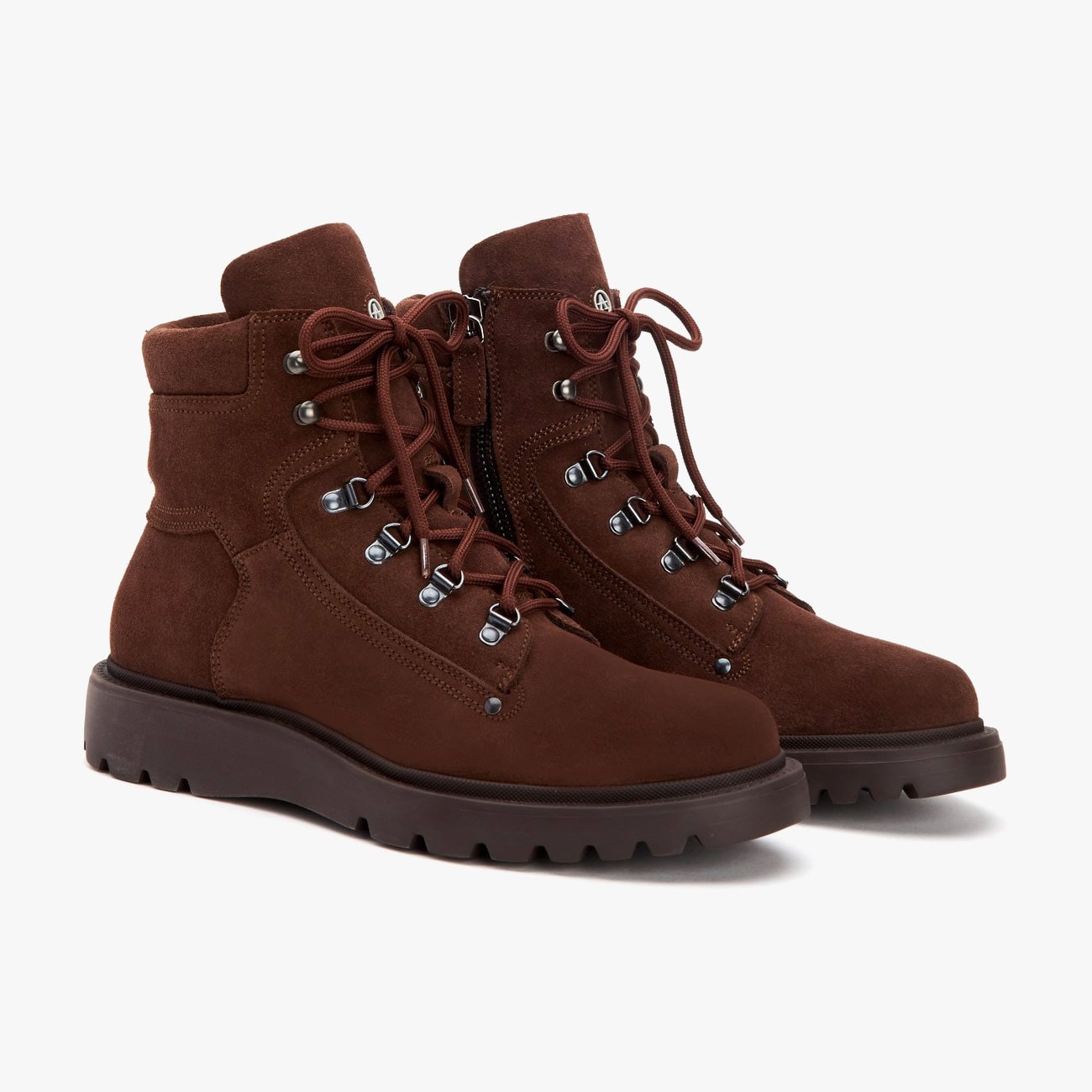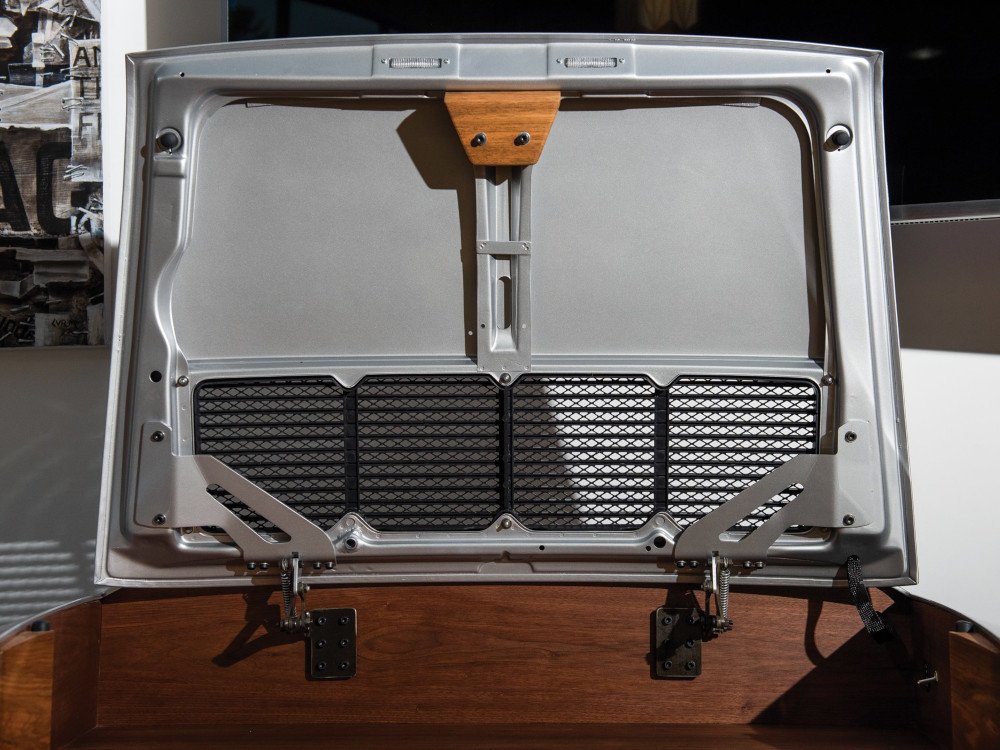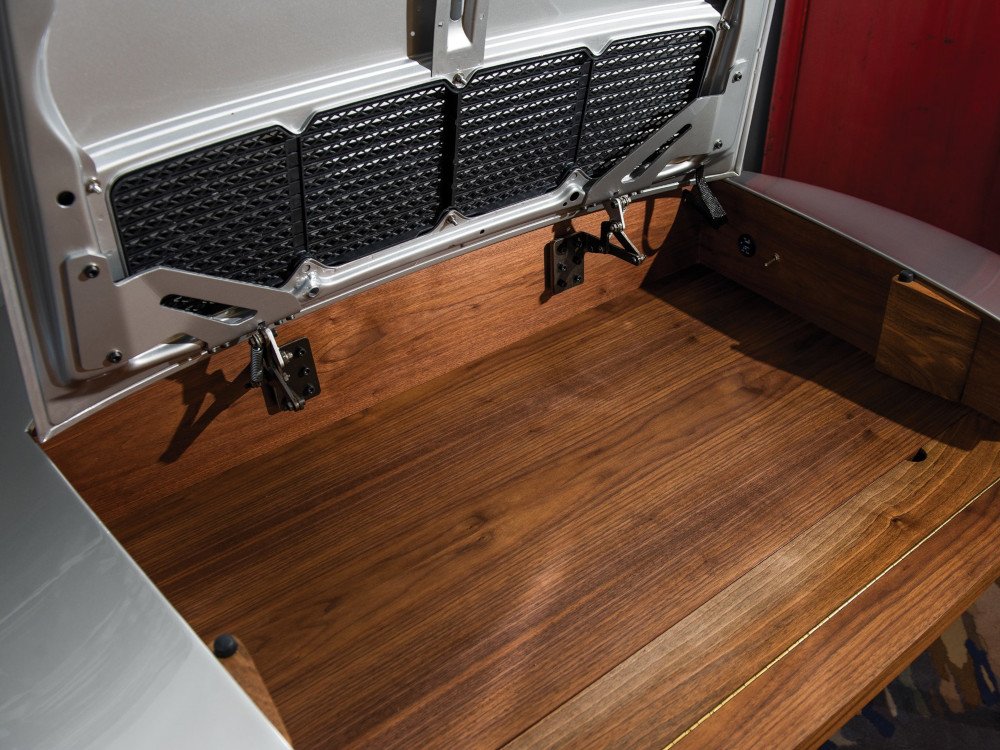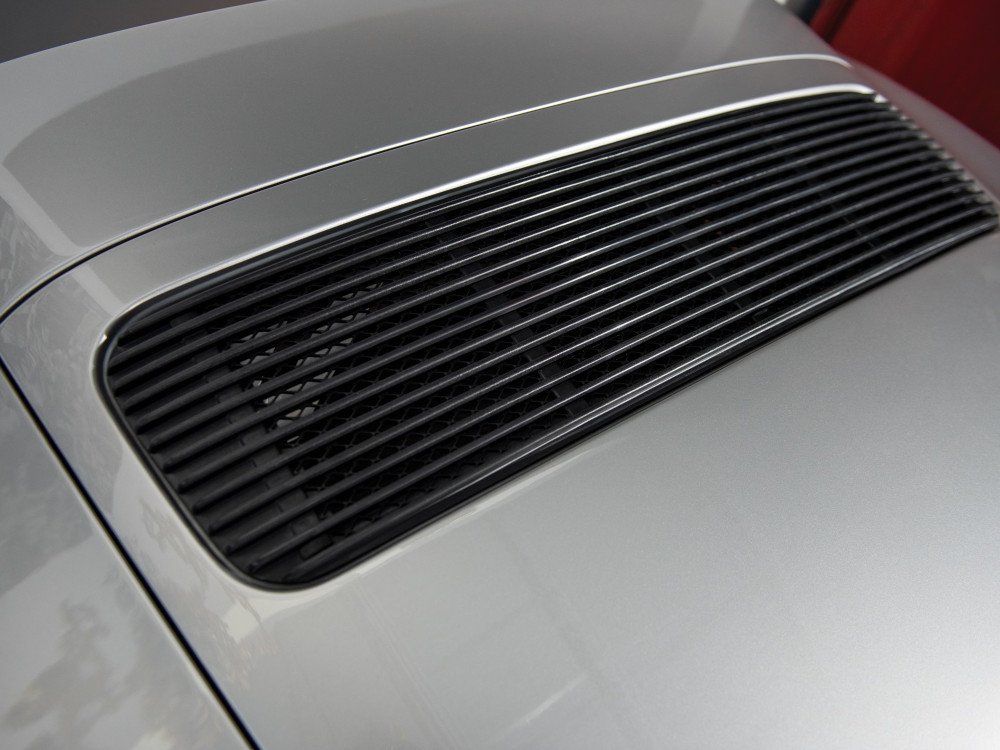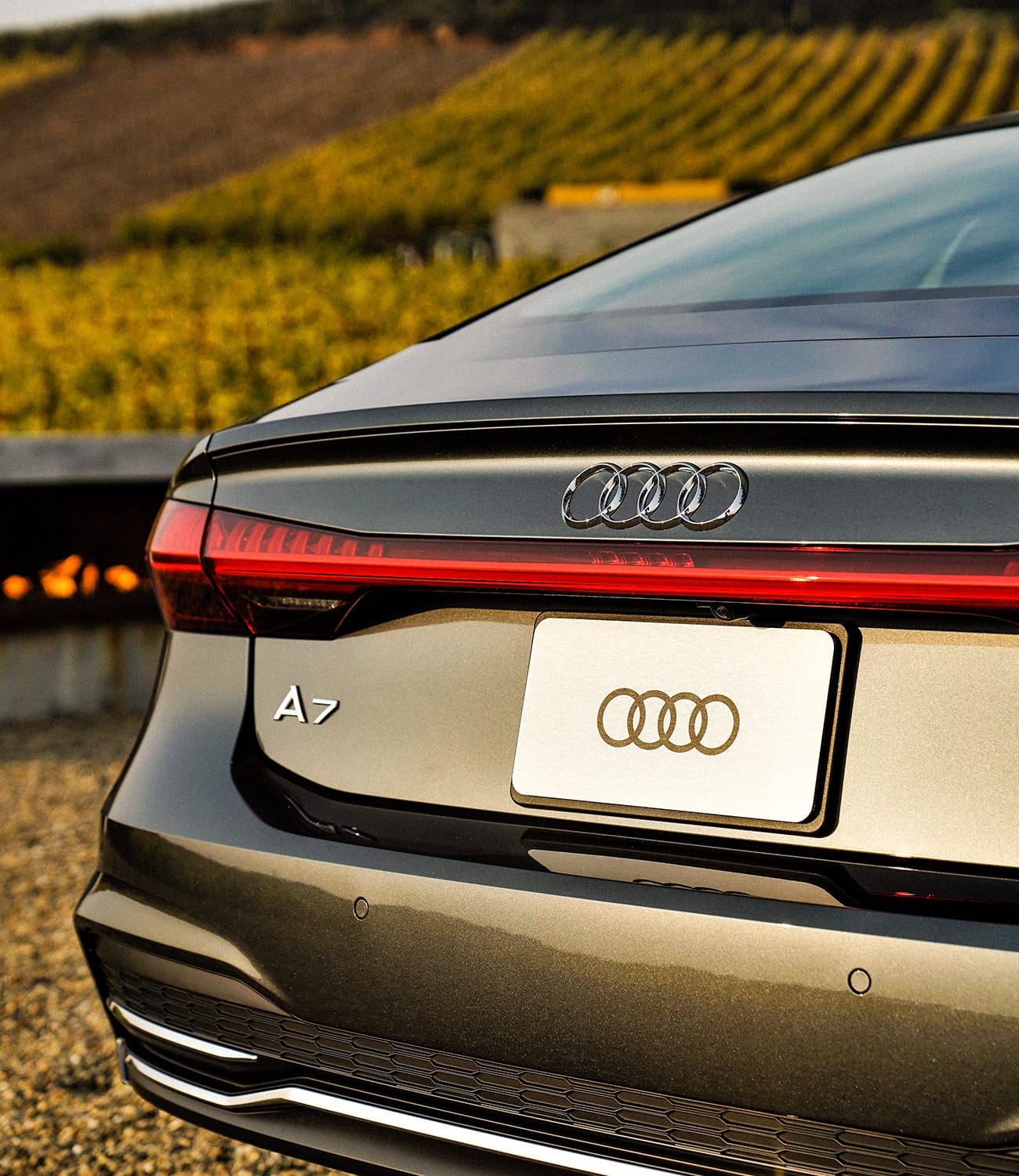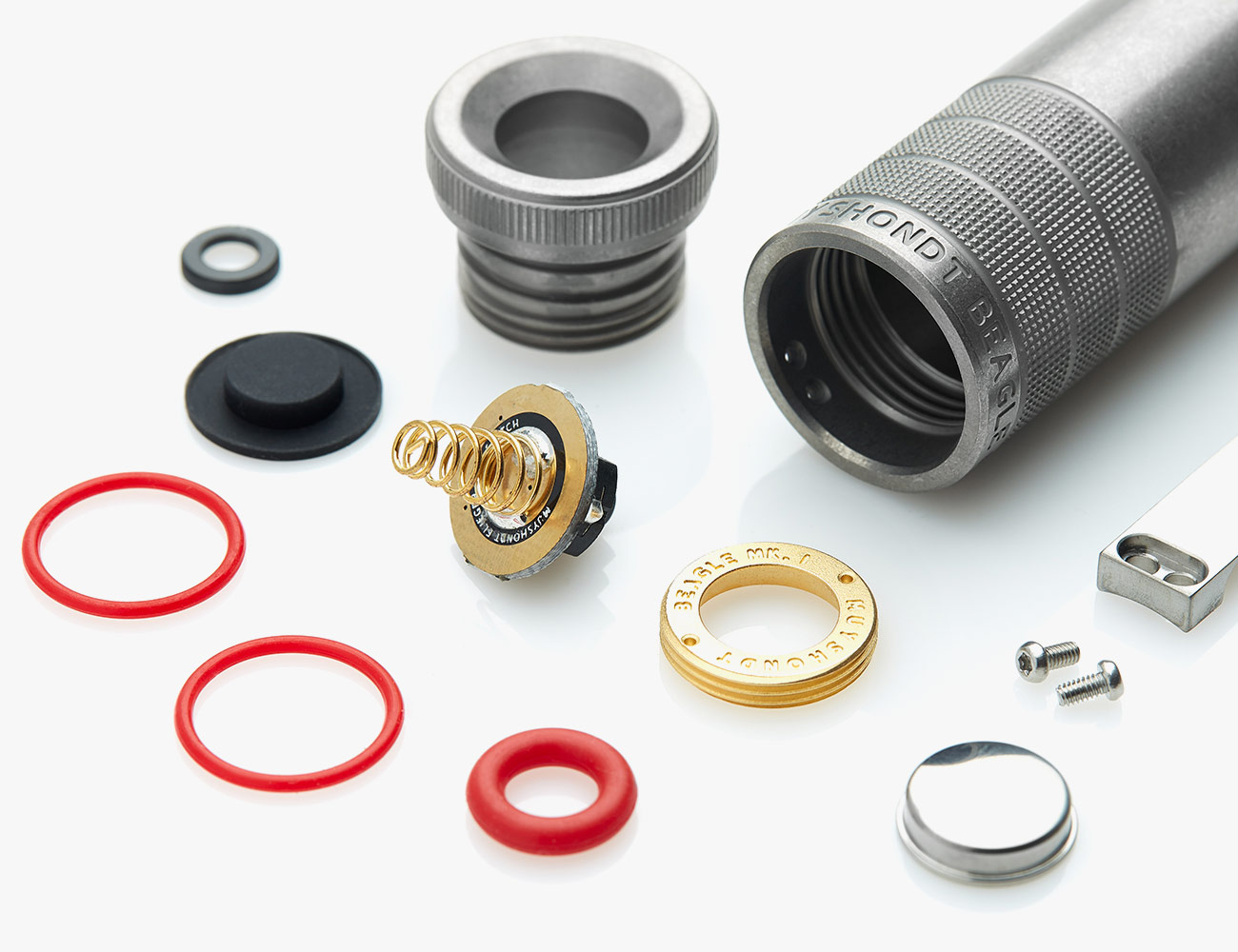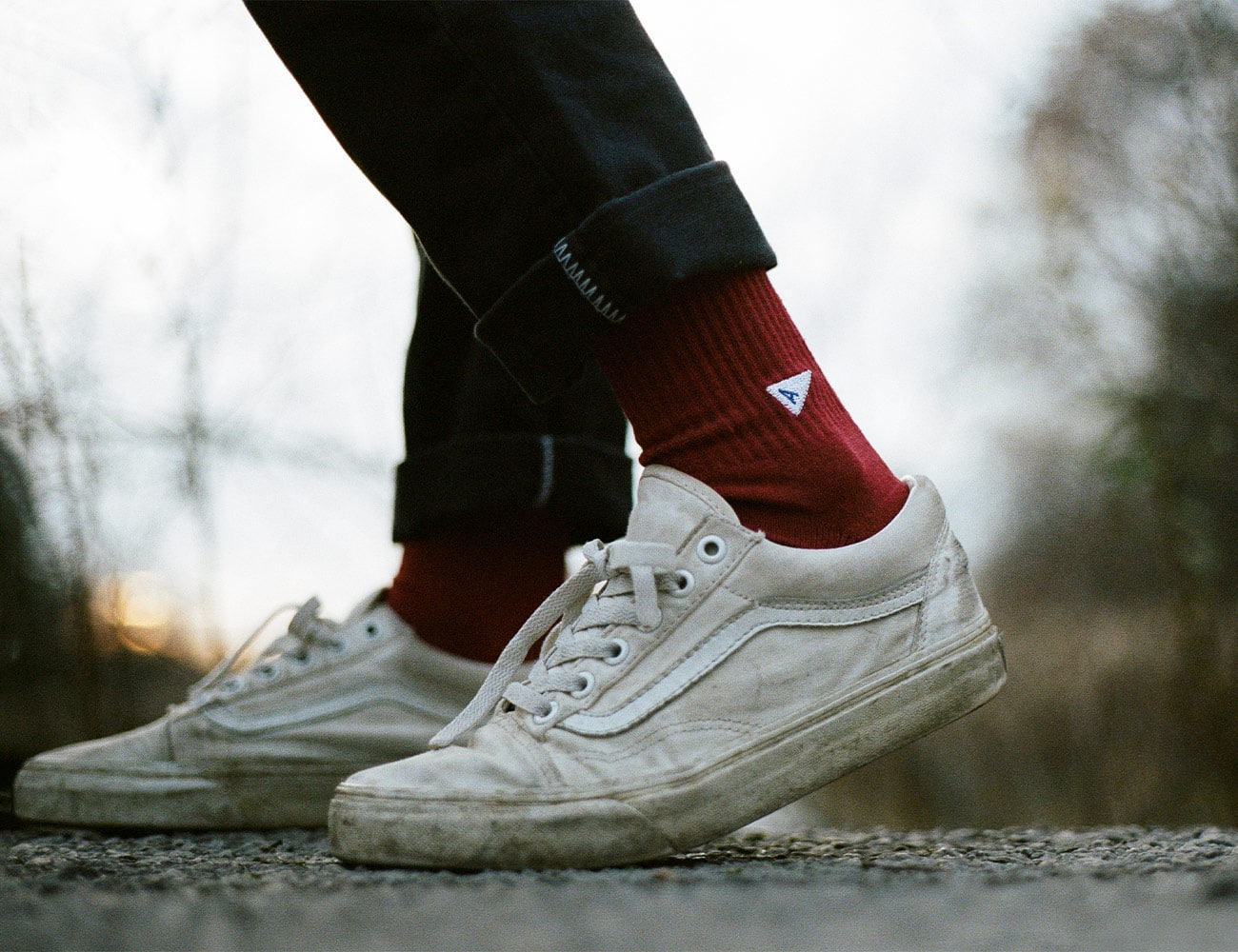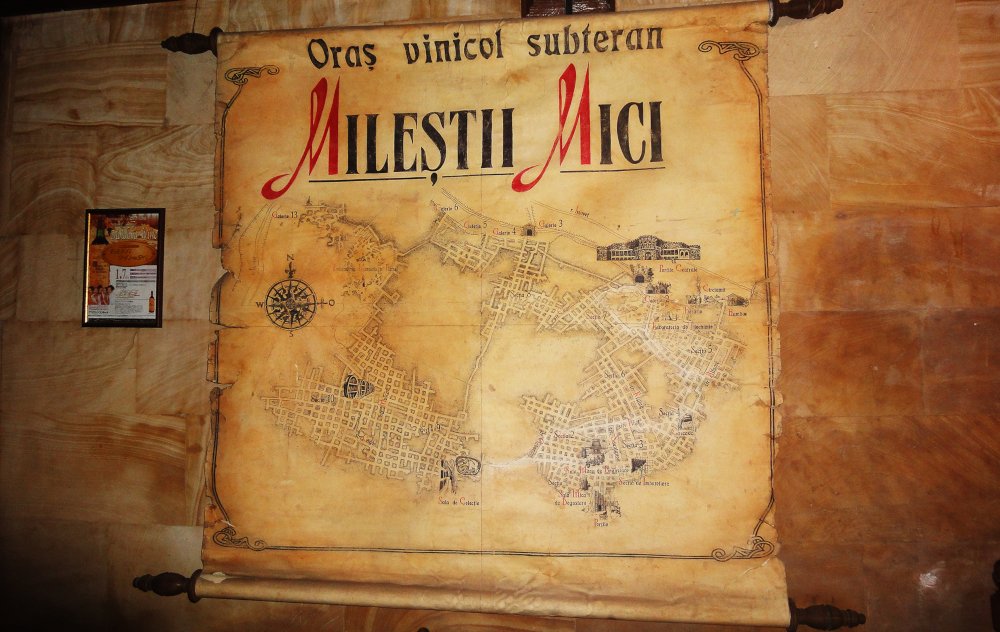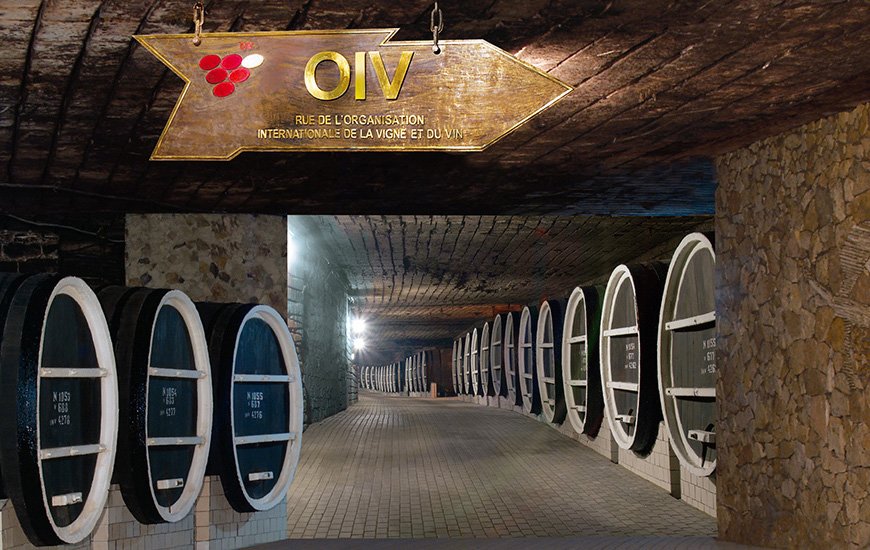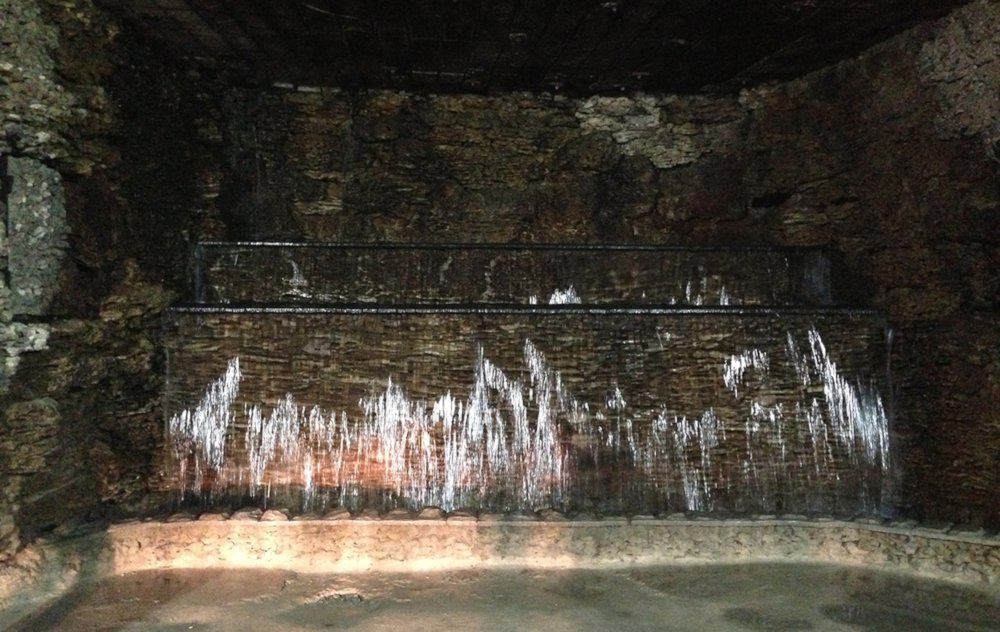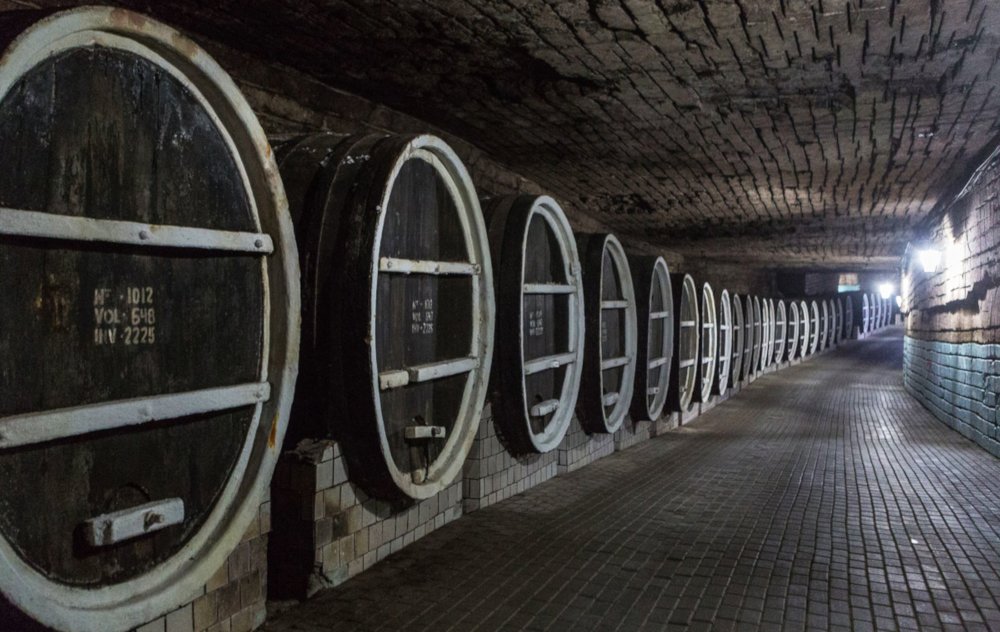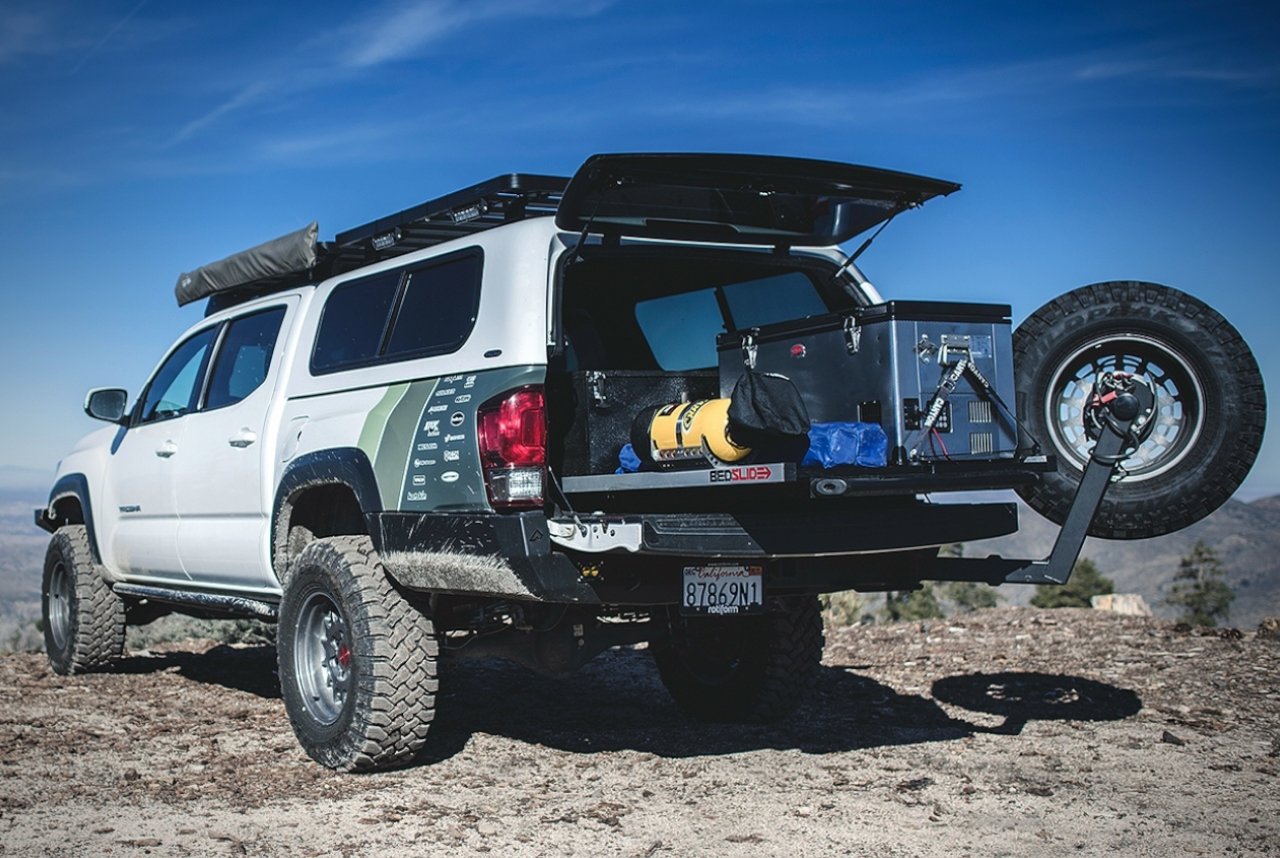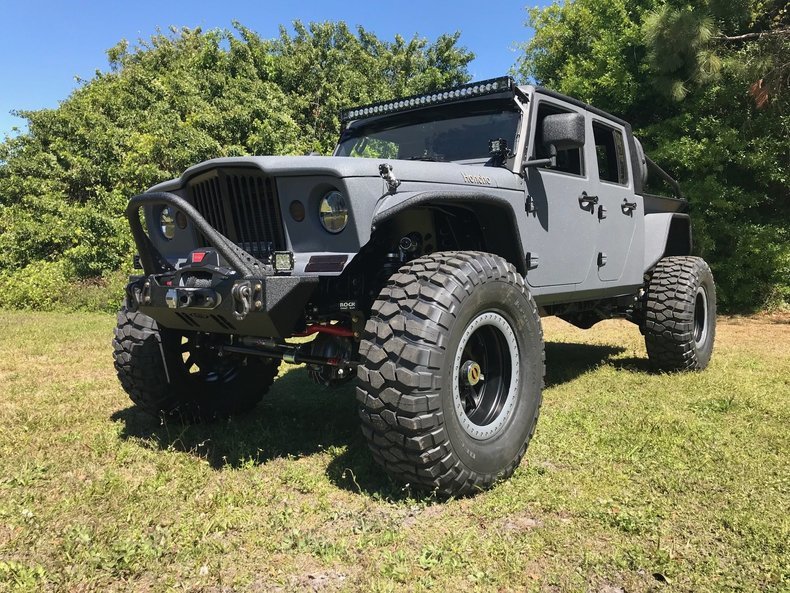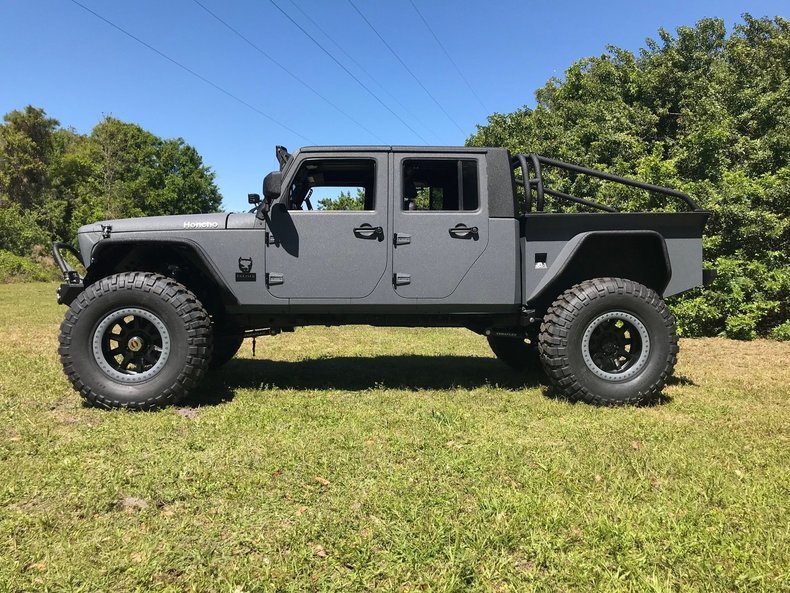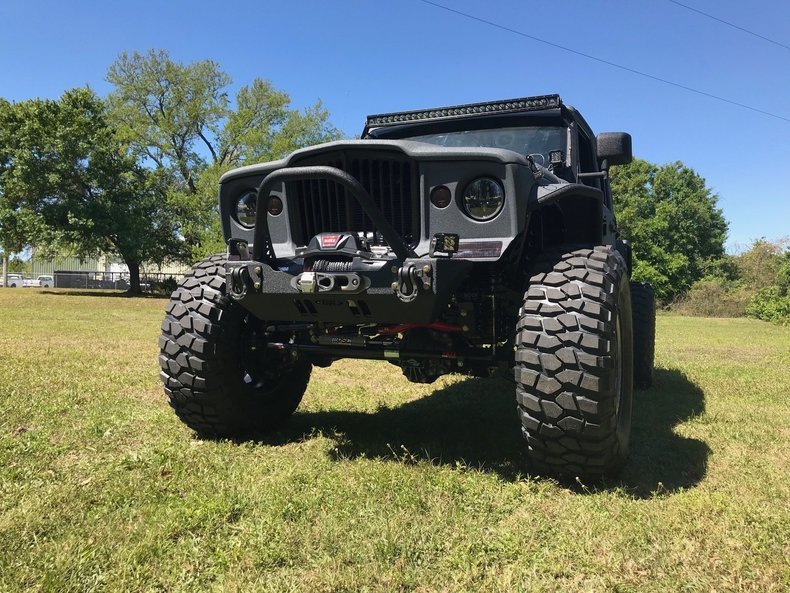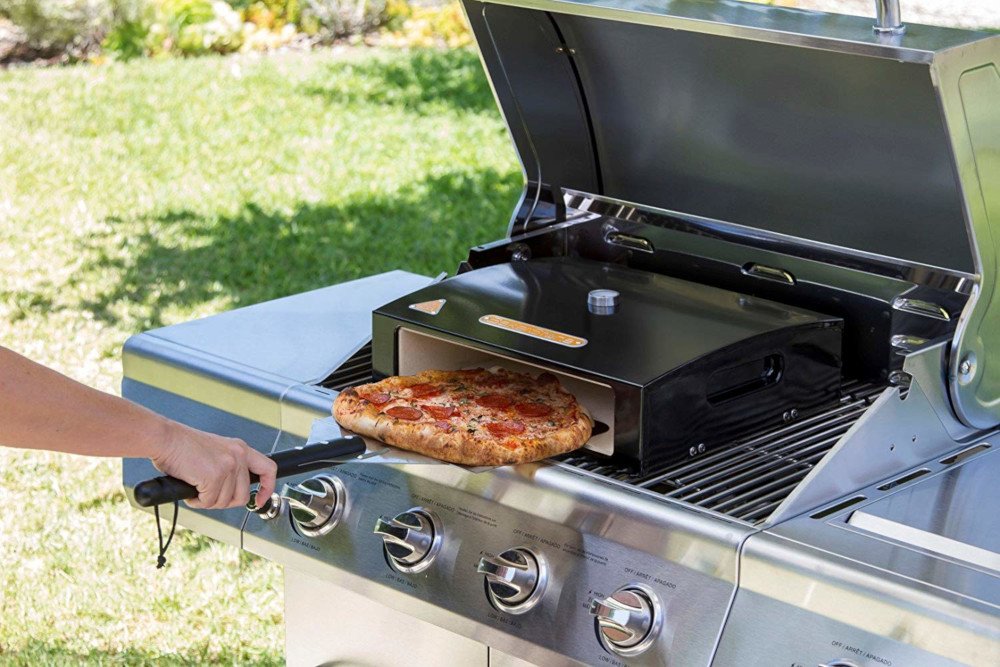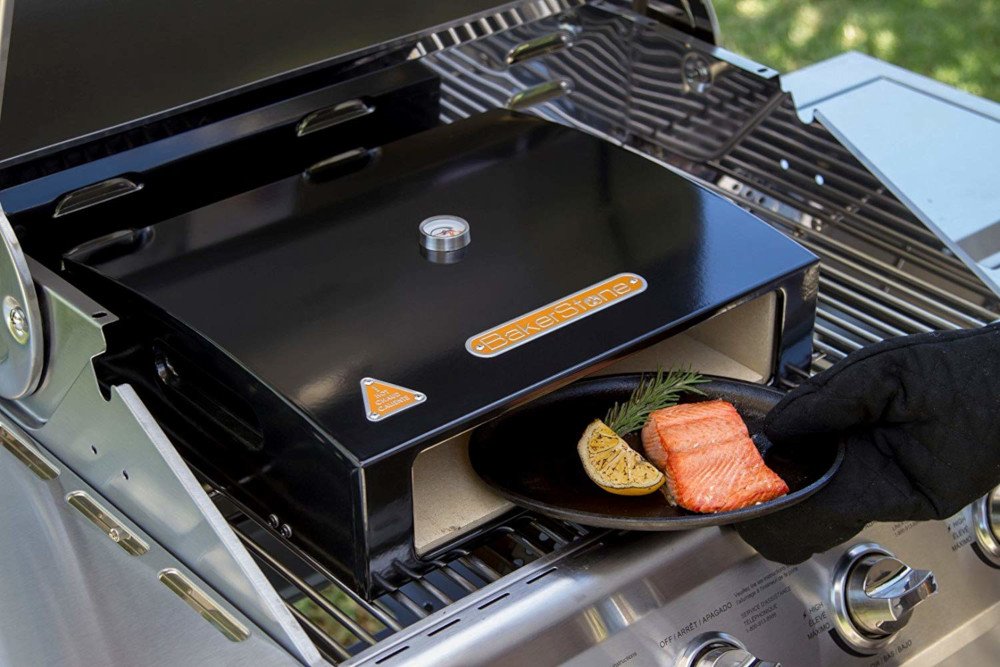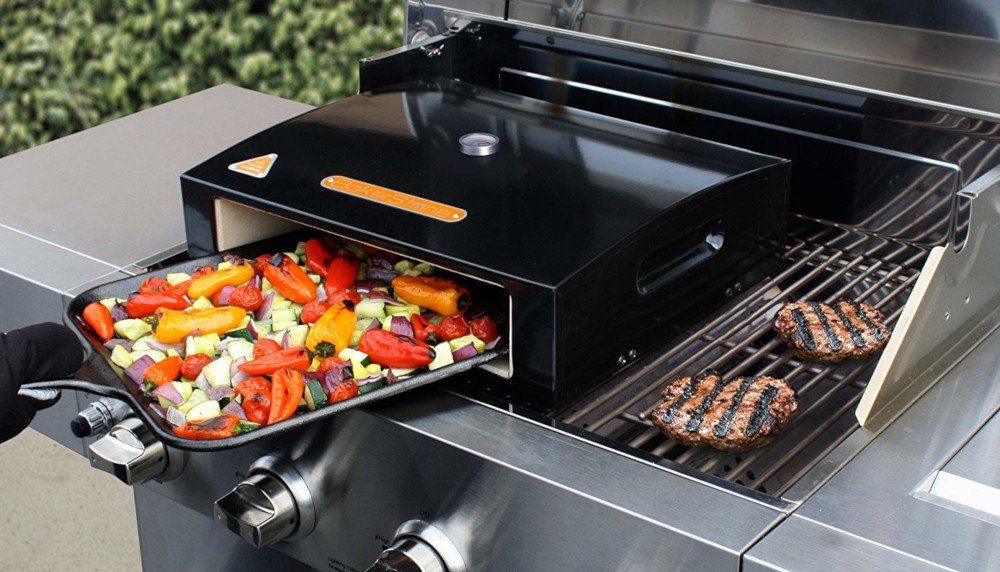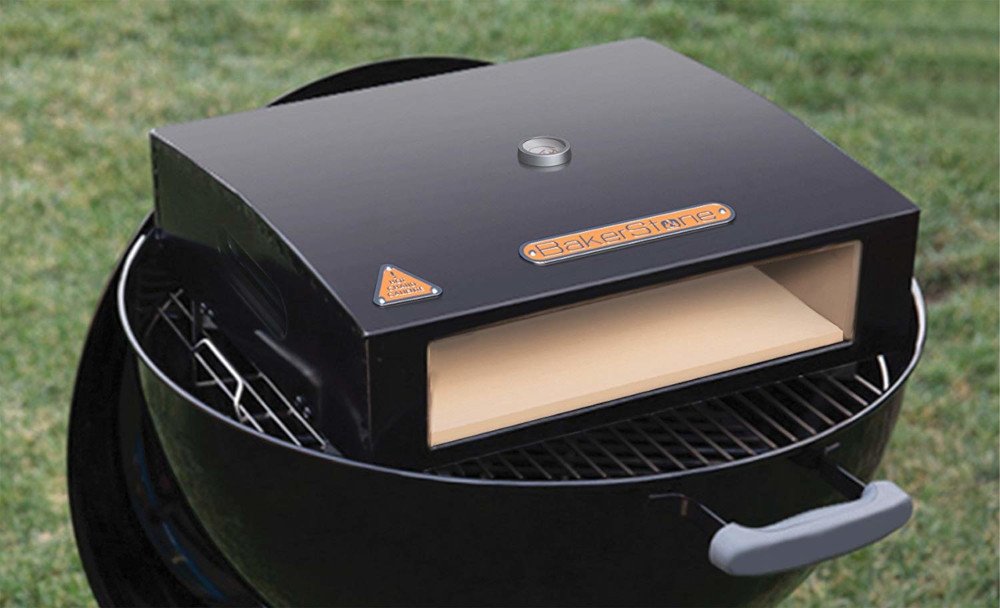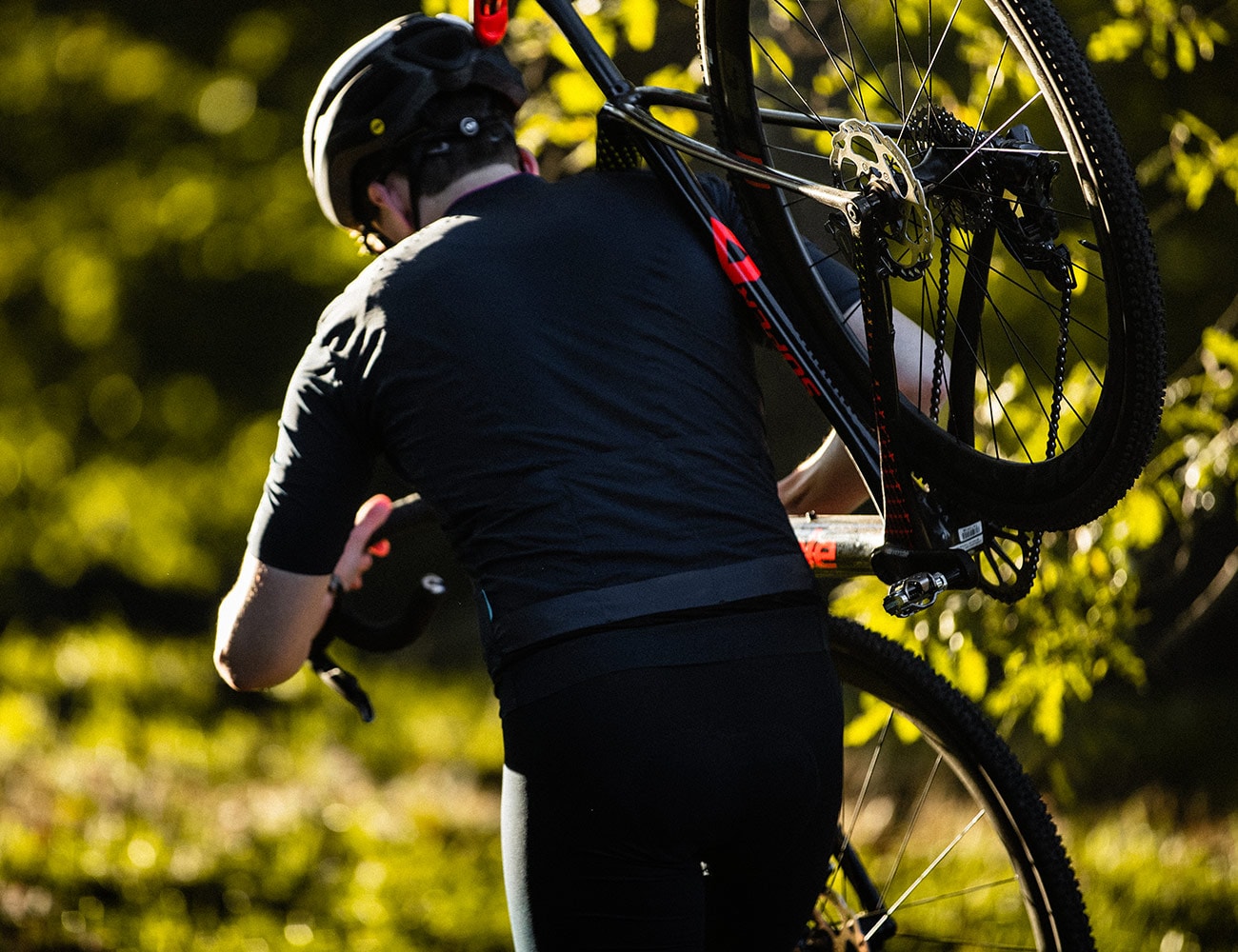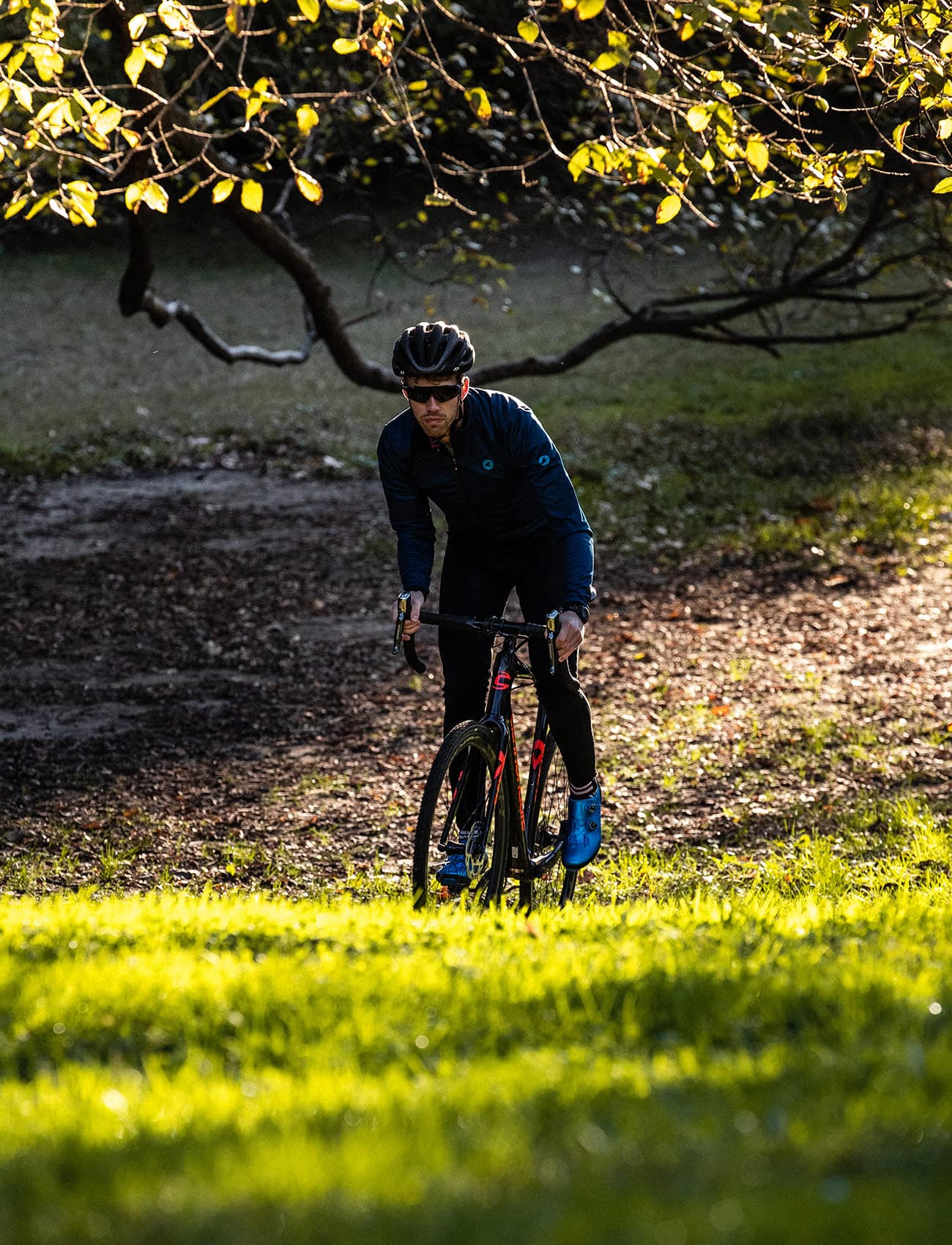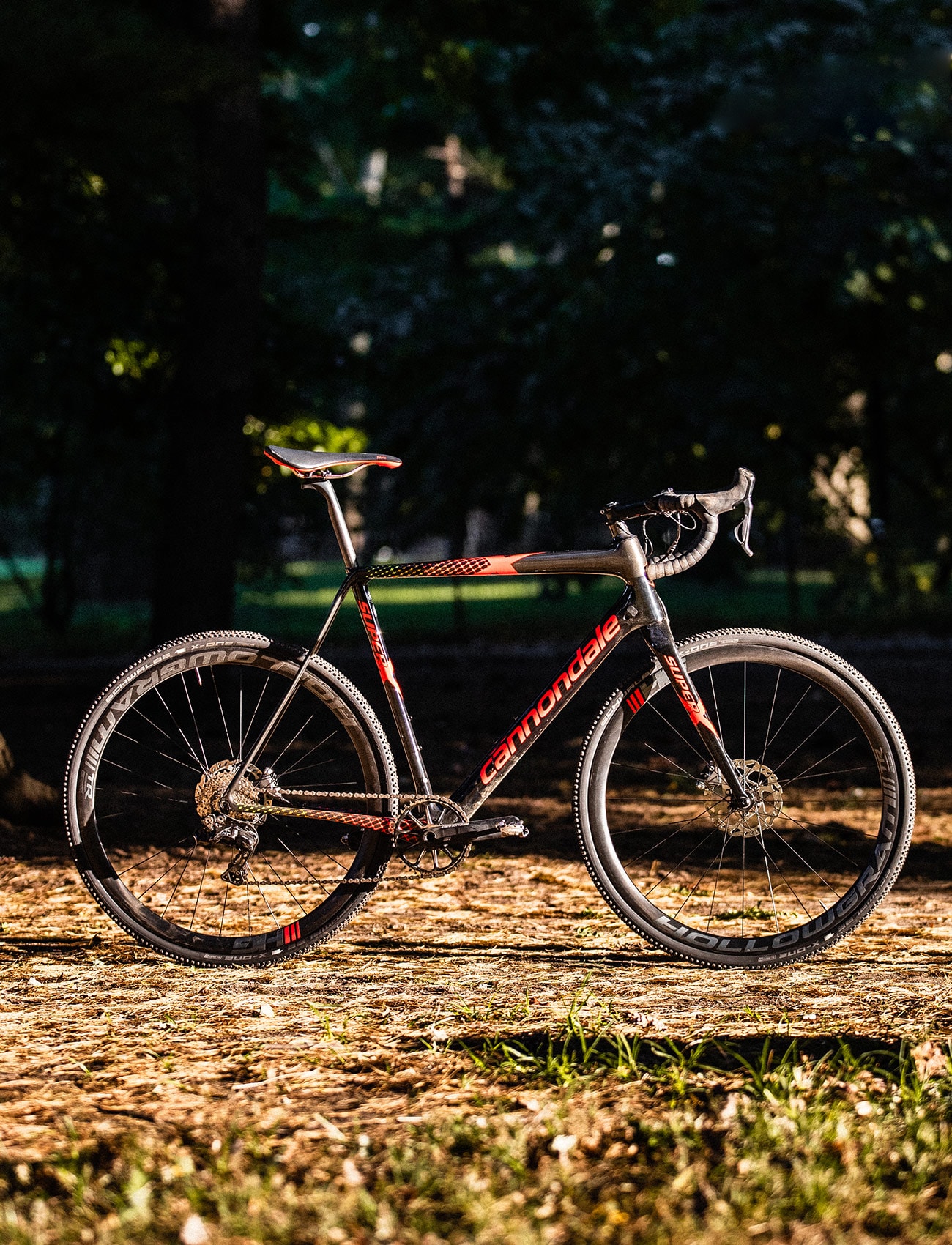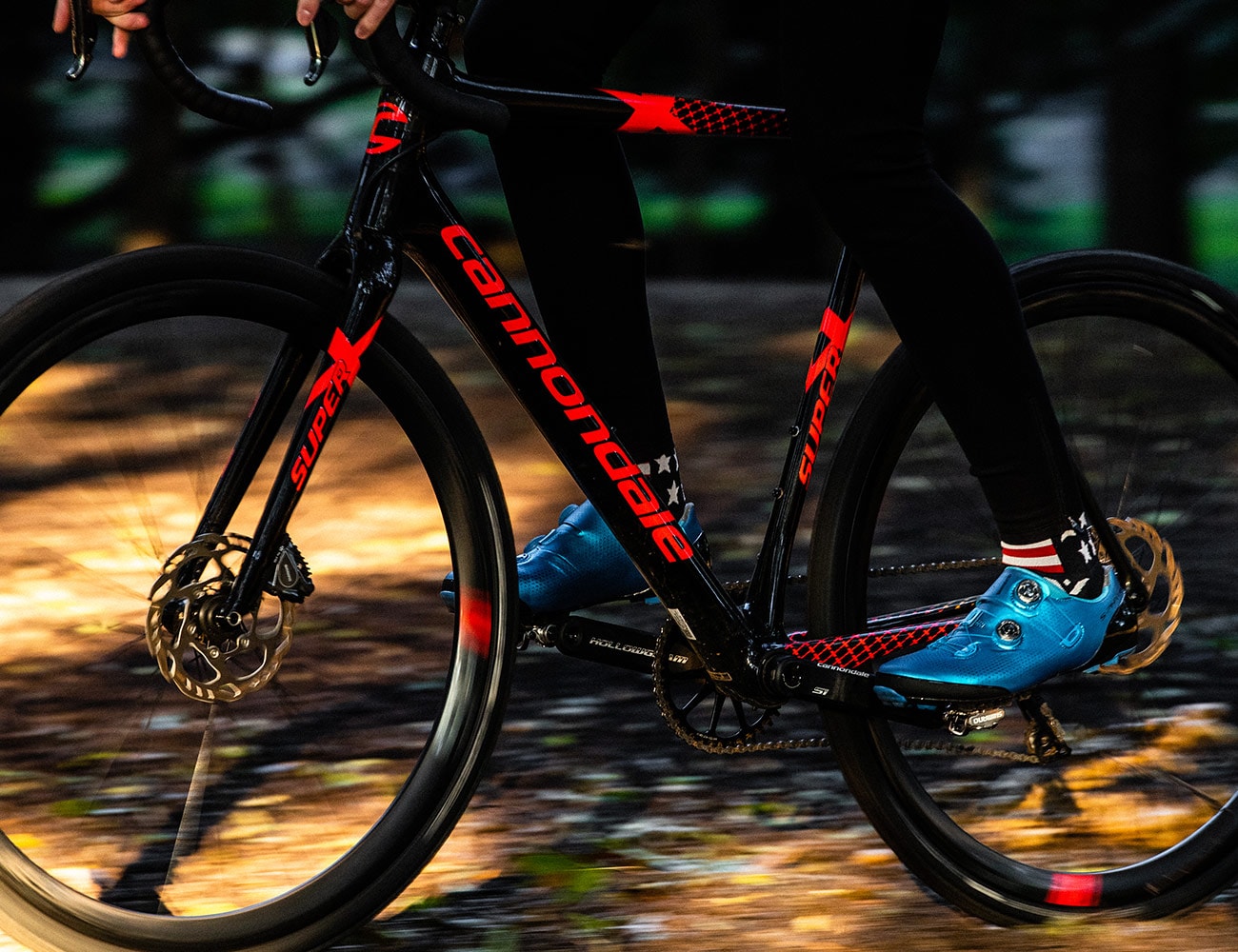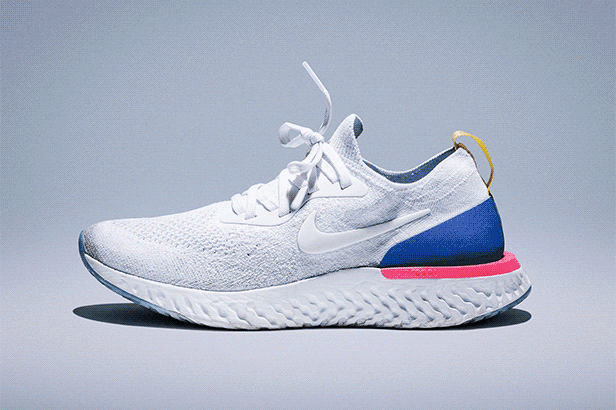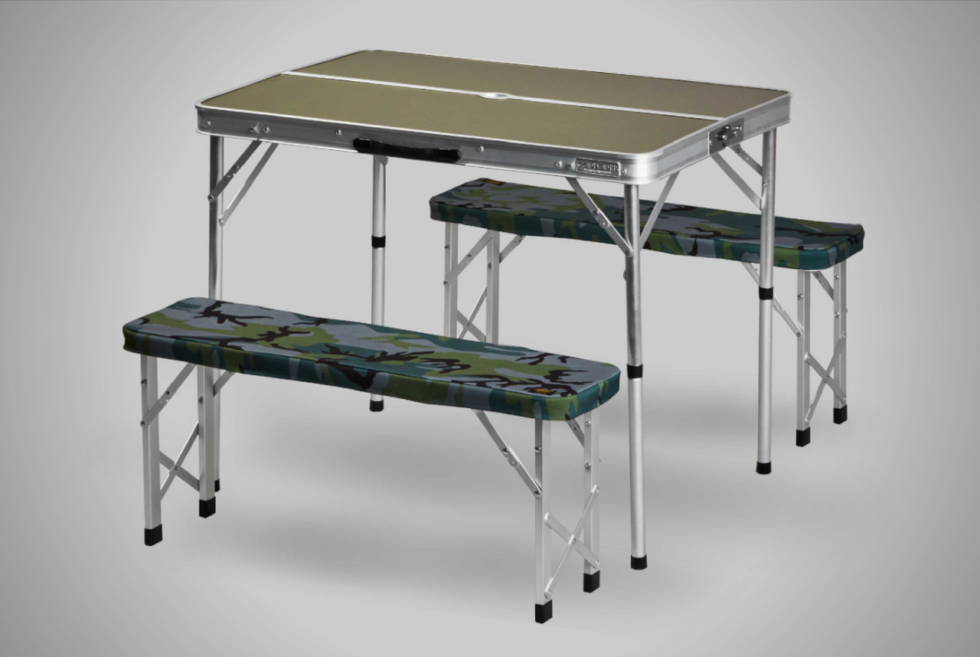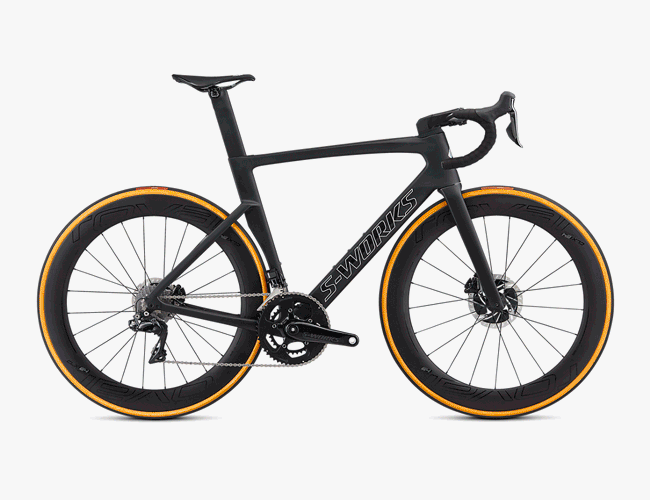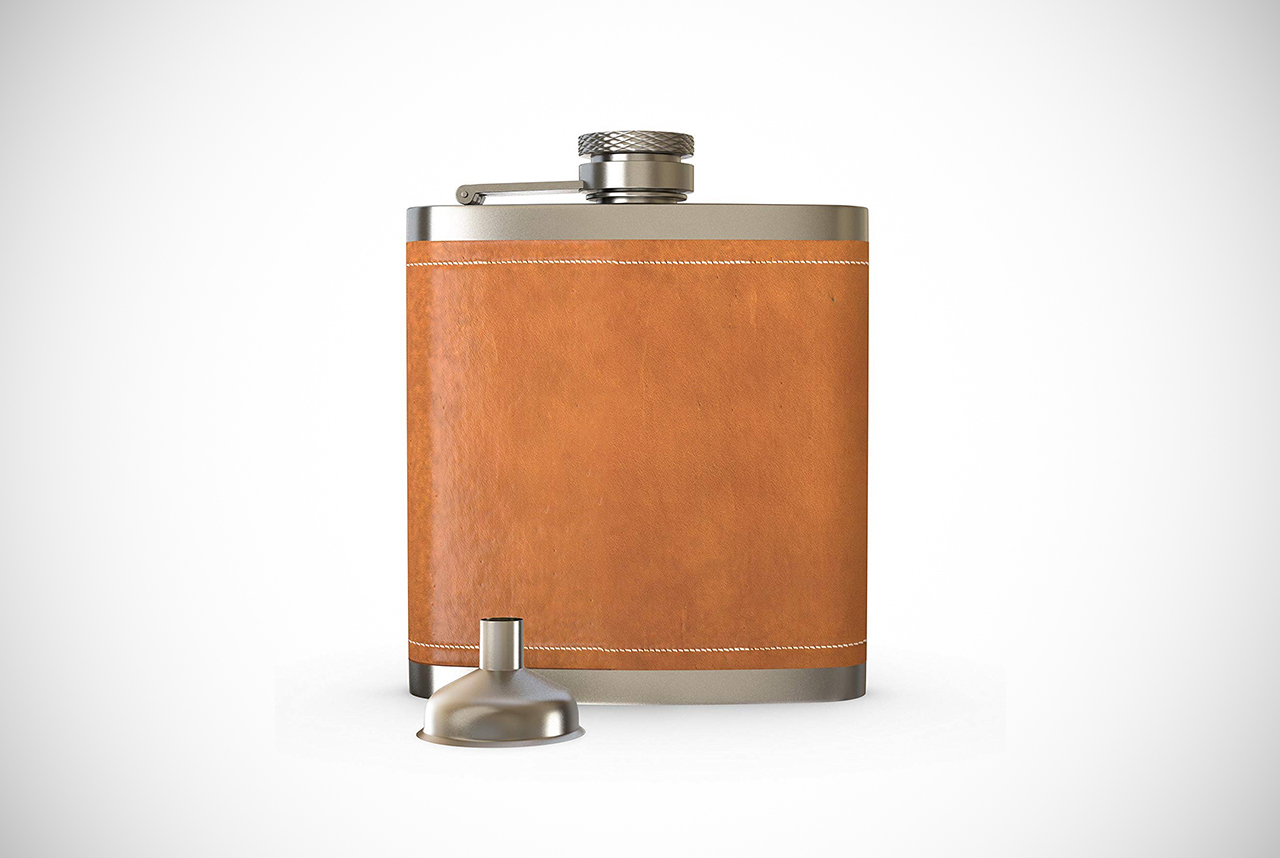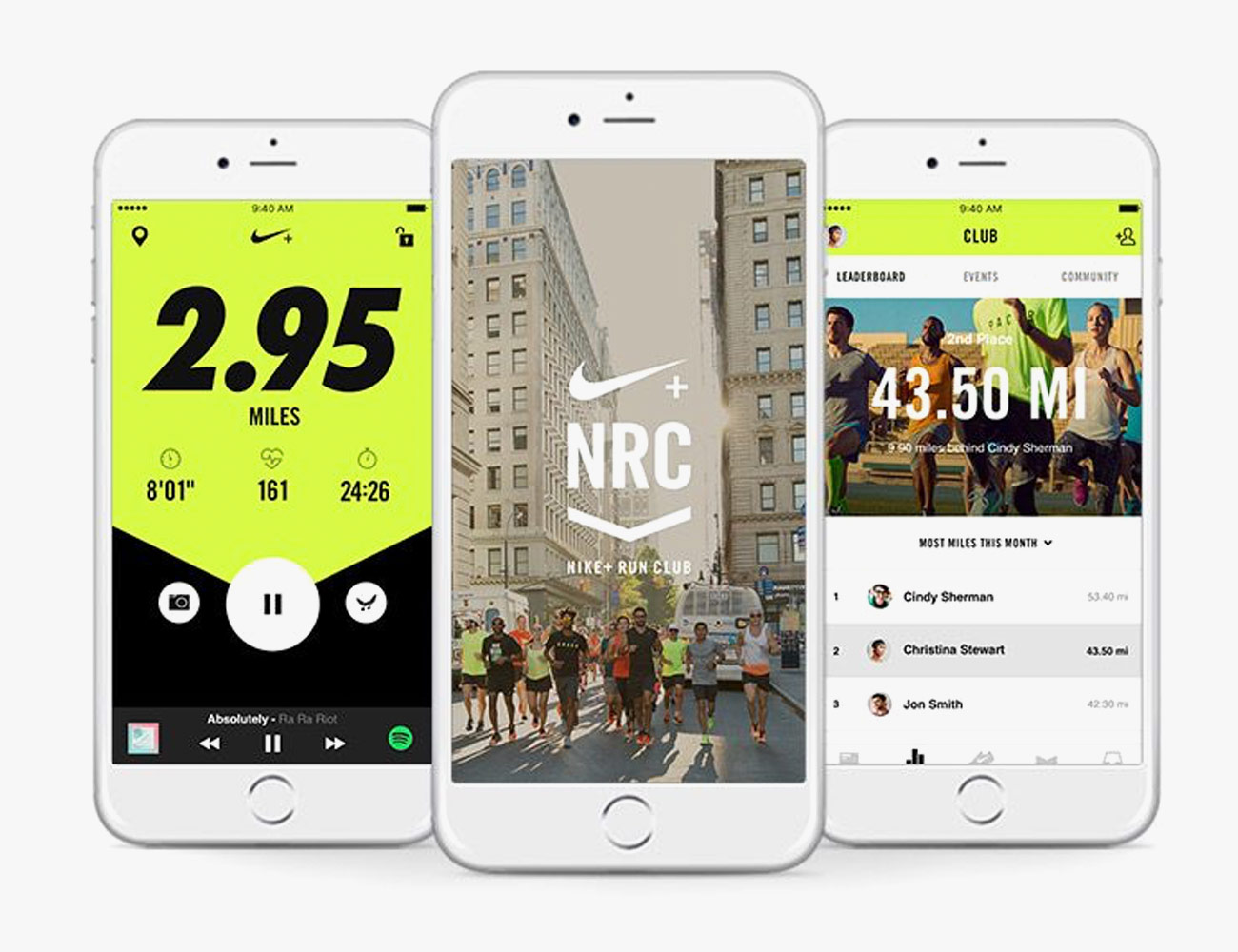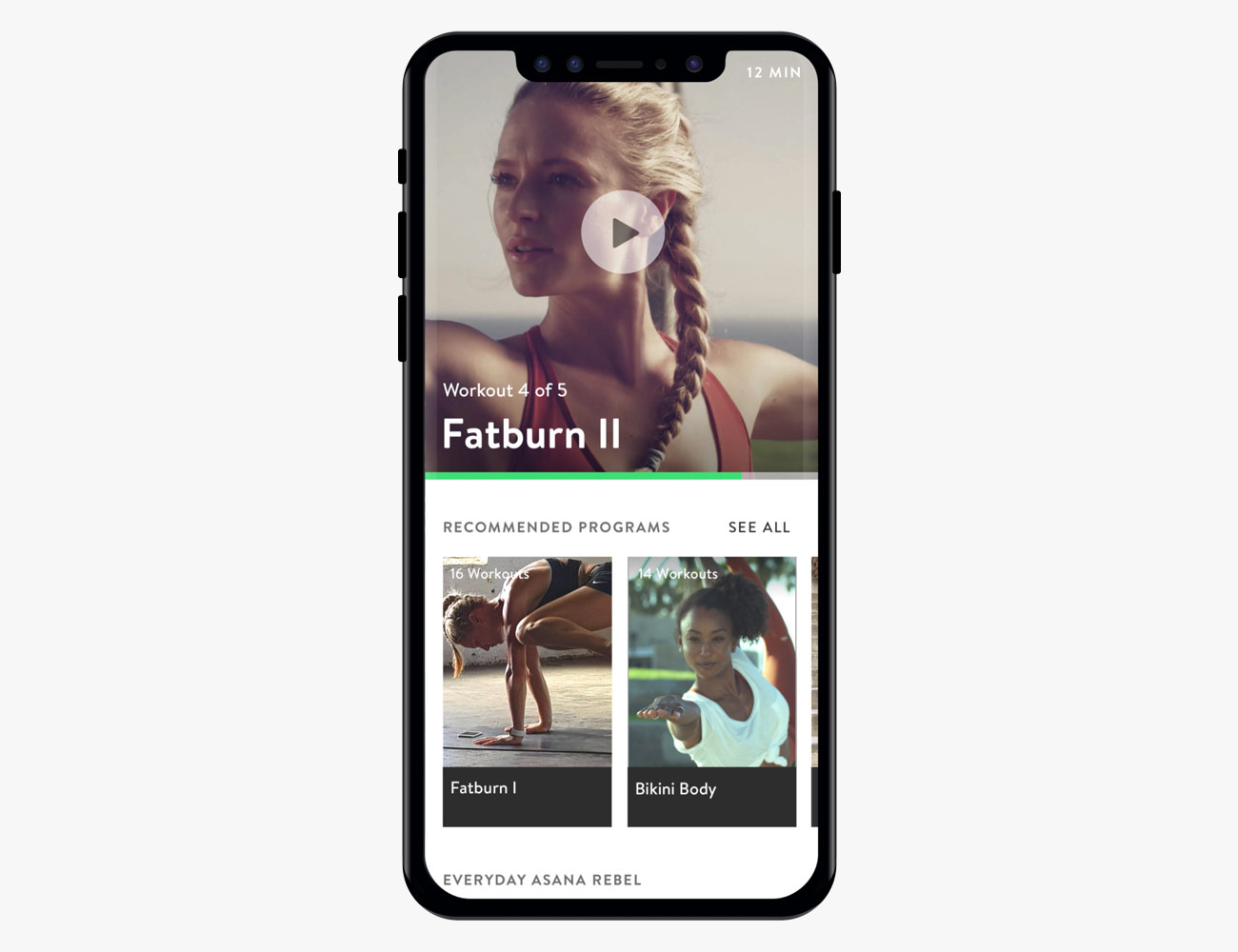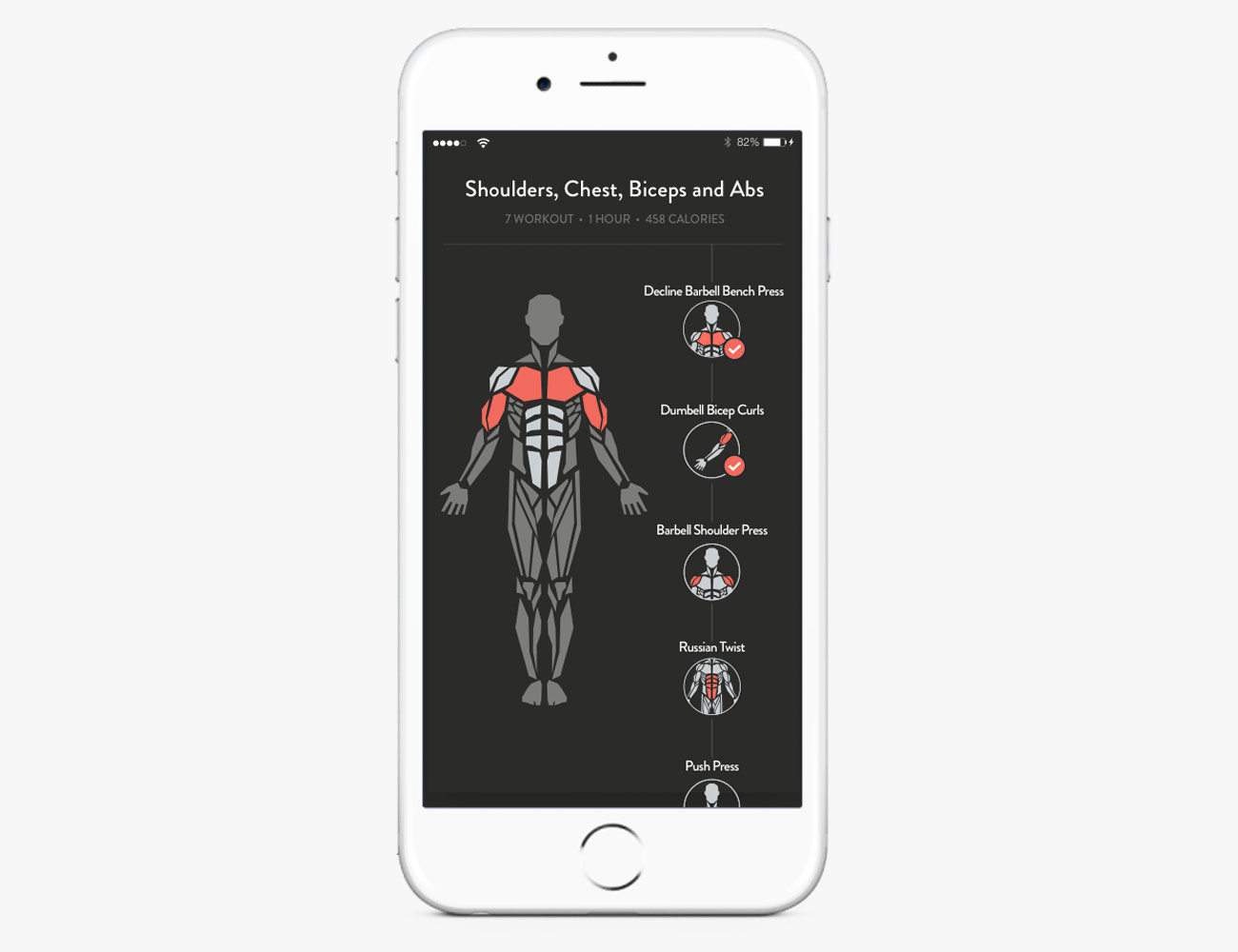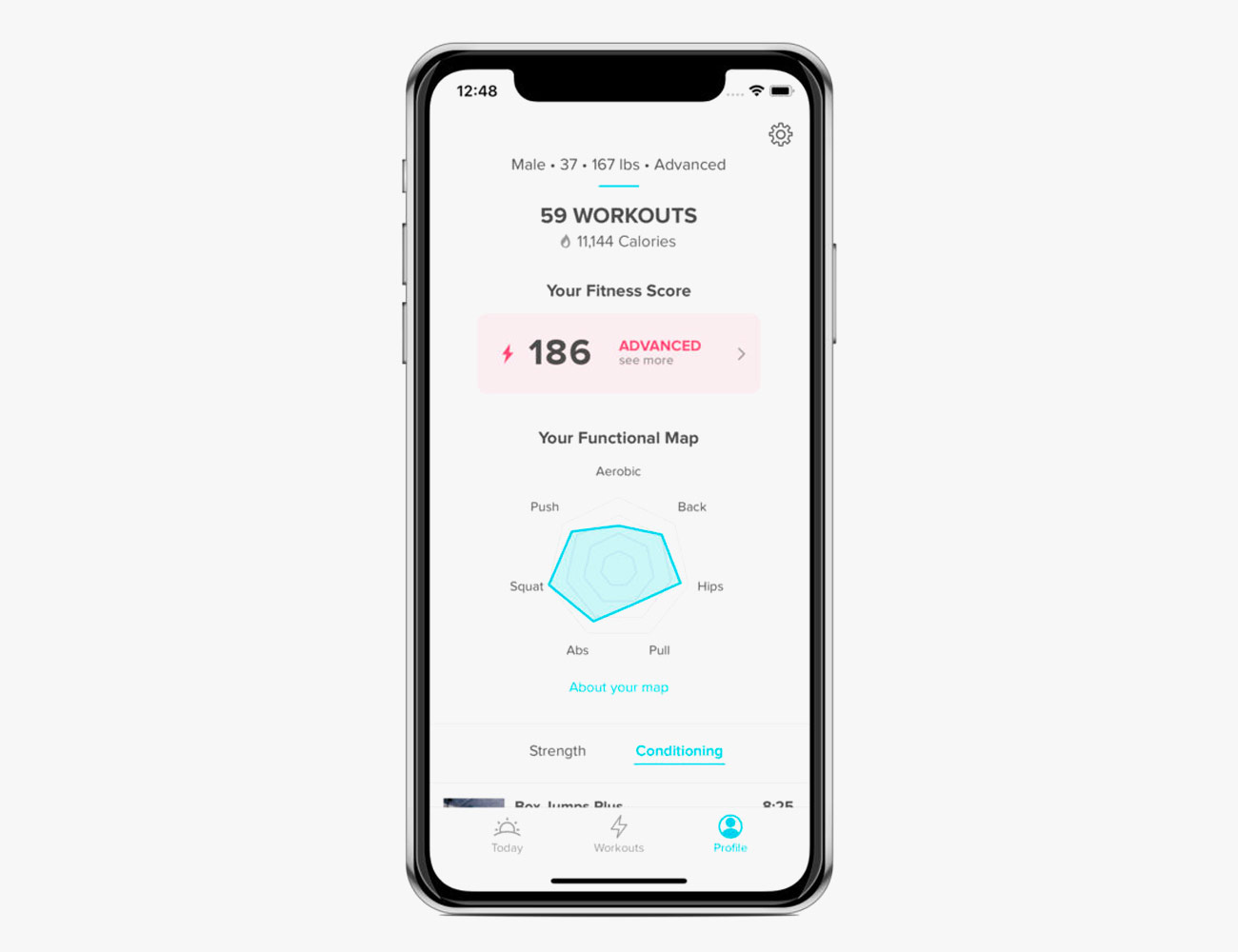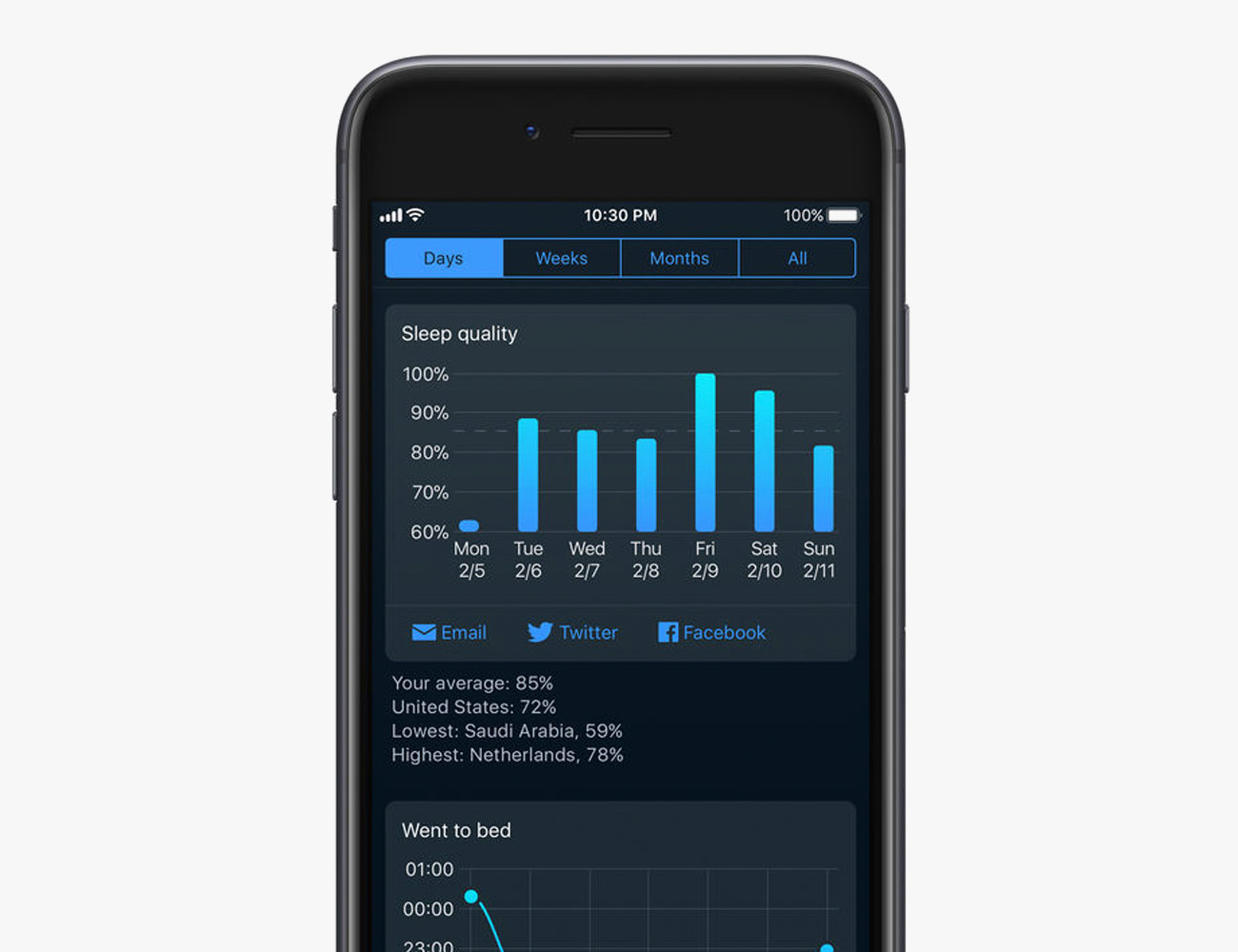For all of the influence the building has had on major league sports, the military and the makers of some of the most stylish shoes and accessories on the market, Horween Leather Company‘s headquarters is easy to miss.
Wedged between train tracks and the North Branch of the Chicago River, a formerly industrial area now encroached upon by the likes of Best Buy, sits the five-story, 200,000-square-foot tannery. Its aging brick façade is camouflaged by the surroundings, and its sheer size dwarfs the white block-letter signage hiding like a bumper sticker on a battleship. You would never know, looking at the place, that it houses one of America’s oldest continuously running tanneries. Or that every NFL football begins here, as do all NBA game balls. (Consider the hands touched by those two accounts alone.)
Over the past decade, this space — where the 113-year-old company has been since its founder Isadore Horween relocated it there in 1920 — has seen what was once a mere supplier of materials turn into a globally recognized brand without allocating a dime to marketing. That’s thanks, in part, to an intersection of uncompromising quality, a good story and Made-in-America cachet — a trinity of timely characteristics for an age when consumers increasingly use the tech at their fingertips to verify and celebrate the pedigree and provenance of their purchases.
Leather goods startups have been successfully launched on the recognition of the Horween name alone, and its leather remains a staple ingredient for longtime sporting goods clients like Wilson, Spalding and Rawlings; there is also the handful of shoemakers, such as Wolverine, Quoddy, Crockett & Jones, Timberland and Nike.
The luck of a trend colliding with the tried and true has extended Horween’s popularity from manufacturer to consumer, but the source of its greatness is far deeper… it’s something in the water, and something in the blood.

My tour there started at a wooden slab door, which leads to a small staircase with linoleum steps and dark, oak-veneer walls. The waiting room at the top of the stairs is no wider than outstretched arms, and it’s furnished with two wooden benches and a pair of knee-high ashtrays –– brave stowaways from a past era.
I knocked on a tiny frosted-glass window. Moments later, it slid open and a face appeared:
“Sign in here,” she said, pointing to a clipboard with a Bic under a rubber band. “Skip will be right with you.”
Arnold “Skip” Horween III, 62, is the current paterfamilias, and the fourth man of his line to preside over the company. On the day of my visit, he was dressed in a blue work shirt with several pens stowed in the chest pocket; he also wore work boots, a belt and a watch strap, all made of his namesake leather.
Skip led me to the corner office — once his father’s and his grandfather’s before him. There are black-and-white cutouts of both Horween forebears on the wood-veneer walls of the office –– his grandfather in boots and spurs, his father bare-chested in boxing gloves. His great-grandfather, Isadore, looks on from a family portrait across the room. On another wall is a framed 1920 Rose Bowl poster, a game Skip’s grandfather and great-uncle both played in. Behind a massive wood desk sits Skip’s one-of-a-kind swivel chair, covered in football leather.
“If you do something long enough, you’re bound to be an overnight success eventually,” Skip said, wryly. He still takes the train to work every day from the suburbs; it stops at the station across the street. His 34-year-old son, Nick, meanwhile, lives downtown, and in contrast to his father’s blue-on-blue work duds, wore tapered jeans on the day of my visit. Nick’s official title is Vice President, “But our titles don’t really mean anything. We all run it together,” he said. We includes his 28-year-old sister, Natalie.

Perhaps what’s so appealing about Horween is how little it’s changed as the business has grown. Isadore Horween immigrated to America from Ukraine in 1893, changing the ‘-witz’ at the end of his name to ‘-ween.’ His sons, Ralph and Arnold, served in the Navy during World War I and then went to Harvard, where they were both starters on the 1920 football team that beat the University of Oregon in front of 30,000 people in Pasadena. Arnold was the Crimson’s first Jewish football captain. Both brothers played NFL football for the Arizona Cardinals (formerly the Chicago Cardinals) while they worked for the family business –– Arnold as the president and Ralph (who also enjoyed successful law career) as the chief manufacturing executive. Arnold’s son, Skip’s father, also played football at Harvard and then served in the Army before taking his turn at the helm of the company. Skip became president in 2003 and his blue work shirt, with its chest pocket full of pens, is the same as the one his father wore at work.
During my interview with Skip, a man named Ike Davis entered the office. He started working at Horween in 1953, eventually overseeing the cordovan department before retiring in 1998, after 45 years. “I’ve known Ike my entire working life,” Skip said. “I foolishly let him retire twenty years ago. But I was able to convince him to come back once a week to advise on shell cordovan.”
Davis came in to report that he could tell from the sound of one of the shaving machines that it needed more grease. “He can listen to one of the jacks going and understand that the pressure’s right,” Skip said. “There isn’t an electronic setting that you can use. It’s by feel, by touch, by sight and by sound.”
It was the last day of July and the ground floor of the factory, where the steerhide and horsehide come in, was a staggering olfactory experience for the uninitiated. By the time they’ve completed their transformation, these skins will have worked their way to the upper floors, through tanning, trimming, re-tanning, oiling, dying, drying… a 30-day process for their Chromexcel leather, and a six-month process for their signature shell cordovan, a select cut from a horse’s hindquarters that costs 10 times more than anything else they sell.

“We’re not going to change the things that got us here,” Skip said. “Our cordovan, that formula is what it is, and we still run it the way that Isadore ran it. And Chromexcel [is] the same way.”
Horween Shell Cordovan has a maximum yield of one pair of shoes per horse. The “shell” refers to a very specific oval area where the horse’s hip bones wear against the hide and change its physical properties over time, creating a unique leather that Alden Shoes’ Vice President of Sales, Bob Clark, described as “beautiful, supple, durable… it learns your foot shape as you wear the shoes and becomes something of a custom fit. It’s a very special leather.”
Leather with the telltale pebbling of footballs has a large presence in the factory. Nick pointed to stacks of hides destined for gridiron greatness, in several colors, saying, “That’s the Nike color, that’s NCAA and that’s NFL.” Their partnership with the NFL is almost as old as the league itself.
“When the NFL was created, [Chicago Bears founder] George Halas bridged the partnership between Wilson Sporting Goods to manufacture the football and Horween to supply the leather for official NFL game balls,” said Kristina Peterson-Lohman of Wilson.
Wilson makes youth league, NCAA and NFL footballs in Ada, Ohio. Each is cut and laced by hand, requiring 25 steps over 10 to 14 days. Anywhere from 20 to 30 pairs of hands touch each football in the course of its construction, and the factory makes about 700,000 footballs per year.
“We’re just a component,” said Nick. “It’s an important component, but we need the Aldens, the Allen Edmonds… all our clients. We’re just part of the story.”
But it hasn’t been all fun, games and shoes. One of the strangest orders the Horweens ever filled was during the first Gulf War. “When that started, we got an emergency request from the Army [contractor] for leather gaskets for all the tank periscopes,” Skip said. Given the importance of tanks in that conflict, the contribution was not insignificant.

These days, new clients attracted to Horween’s soaring popularity means an increase in the discussions about how doing business with them is a little different than with other tanneries.
“When they get a hide with an aniline finish — which just means no pigment or paint, which is what we do — they lay it down, they can see some scratches and some bug bites… we’re acknowledging that it’s a natural product. This was an animal. And each animal had its own experiences,” Nick said. “Our reputation is probably that we’re difficult that way.”
“You learn to hate barbed wire in this business,” Skip explained.
Quoddy, the Maine-based maker of handmade shoes, has been using Horween leather for over 20 years, warts and all. “It’s like having Brembo brakes on your car, it means you only use the best,” said Quoddy’s president, John Andreliunas. “There’s definitely some waste in what they send you because the cow got bit, or the cow grew a weird way and there’s weird stretch marks, and there’s definitely a smaller yield from what they do because they don’t pretty it up with lots of chemicals and treatments like the huge tanneries that work with the giant shoe companies do,” he said.
As for what accounts for Horween’s ever-increasing profile, Andreliunas said, “I think they’ve done a good job of creating something special. And more and more, if you’re going to pay good money for something, you want it to be special. But at the end of the day, you’ve got to put your money where your mouth is, and Skip does that. All you got to do is go up to that drying room for the horsehides… I liken it to going to the tasting room in a winery. You got these hides on old wooden horses, aging gracefully, or whatever they’re doing up there.”
Alden’s Bob Clark has noticed a change in the public’s perception of Horween, whose leather they’ve been using in their shoes for generations: “There is a real awareness among a generation of consumers of Horween leathers that really didn’t exist fifteen to twenty years ago,” he said. “I’m surprised to find the degree of familiarity with a particular tannery. It isn’t on the name of a consumer product, it’s the material that’s in the product.”
Alden famously makes the work boot once worn by a young carpenter-turned-actor named Harrison Ford. On the actor’s insistence, they became the choice boots of Indiana Jones (instead of Red Wings, as written in the script). The character existed for years before the hive mind of Indy-gear fan sites identified the boot from a shot of the sole in the scene where Indy crossed the chasm in The Last Crusade. Clark attributes Horween’s newfound fame to the same collective power of the Internet. “I think that story of how people found the Indy Boot is similar to the way that people have discovered Horween as an entity,” he said.

The Horween name is even more of a plus for newer companies — the tannery has more name recognition than the company using its leather. Zach Weiss, cofounder of the online watch magazine and store Worn & Wound, uses Horween for the watch straps he sells. “There’s an old school charm to it,” said Weiss. “Even when dealing with them as a customer, you’re getting Xeroxes of handwritten invoices and things like that.” As for the power of the brand, Weiss said, “It’s hard to tell if it’s selling your product or not. We like to tell a story, and the tannery’s part of the story.”
Matt Kalas, head of operations for Chicago-based Ashland Leather Company, gives far more credit to the Horween name for Ashland’s success: “It’s huge, it’s almost everything. At least initially. Who the hell’s Ashland, right? But [people] know Horween.”
Kalas’s partners, his brother Phil Kalas and Dan Cordovan (coincidentally), are both full-time employees at Horween. Both have worked there for a decade. They saw an opportunity to create a leather goods company based on the rising popularity of Horween and their access to it, so they started Ashland seven years ago. They make wallets and men’s accessories, and business is good. They sell more and more overseas these days. “Horween is huge in Singapore, China, Japan –– they go crazy over Horween Shell Cordovan,” said Kalas.
Horween’s value as a brand now extends beyond the realm of leather goods, footballs and footwear. Alan Siegel is a branding and corporate-identity legend, cofounder of iconic branding firm Siegel+Gale, where his clients included Mastercard, Xerox and 3M. More recently, he is the founder, president and CEO of Siegelvision, whose clients include National Geographic, New York University, National Public Radio, Prudential and Univision.
“I think in terms of premium products — a pair of shoes — this company is absolutely invaluable,” Siegel said. “They’re the key, or one of the key ingredients, in the durability of the product and the value of the product. I do think people are more discriminating now, and care about that, and it’s really enhancing the product for the customer.”
As I made my way back downstairs with Nick as my tour guide, he looked over the seemingly ancient wooden cauldrons and oil barrels and said, “The maintenance guys don’t get enough credit. This building is so old, and so much of our machinery is made of wood, it’s like a constant triage here, all the time, to keep this up and running.”
But they are bound to this building by more than just tradition. “We can’t just pick up and move, our formulas are all based on the water we get right here,” said Nick. “And our skilled and experienced craftspeople are all here in Chicago.”
“You don’t keep going this long without knowing how to adapt,” Skip had told me earlier. I recalled his words when I ended my tour in the office Nick and Natalie share. On their wall is an idea board with tacked-up magazine clippings and leather swatches — adaptation in progress. Natalie was out of the office, but she later wrote to me about her experience working in the family business:
“In addition to feeling the connection to the generations that came before me, I feel I can add a woman’s perspective to a business that until now has been entirely run by men. Our family is really close, so it hasn’t been too bad getting to learn and work with both my brother and dad as well. I am really excited to see where we go next, and feel lucky to be a part of it all.”
There’s something about a family that has thrived for 113 years in an honest profession. They’ve never needed to trick anyone to succeed in their line of work. There’s a clarity of purpose for the Horweens, which is not to say simplicity, so much as purity. Something you can hear in their voices and see in their eyes. Skip put it better than I ever could:
“For me, the incredible privilege of having worked with my grandfather, father and now my son and daughter is a pure dream,” he said. “I believe our ‘secret’ has been to guide our decisions by doing things that would make our fathers proud.”

